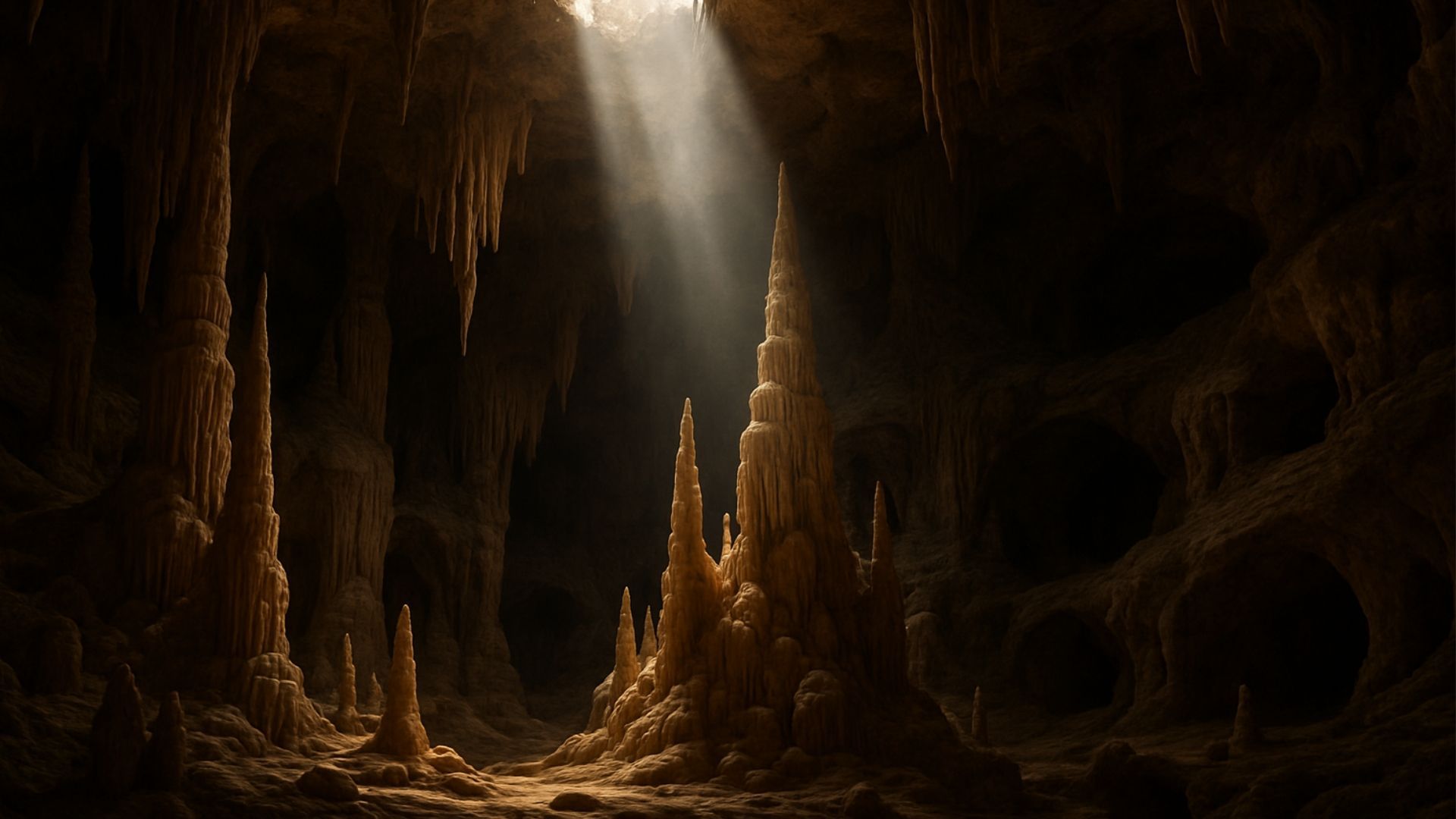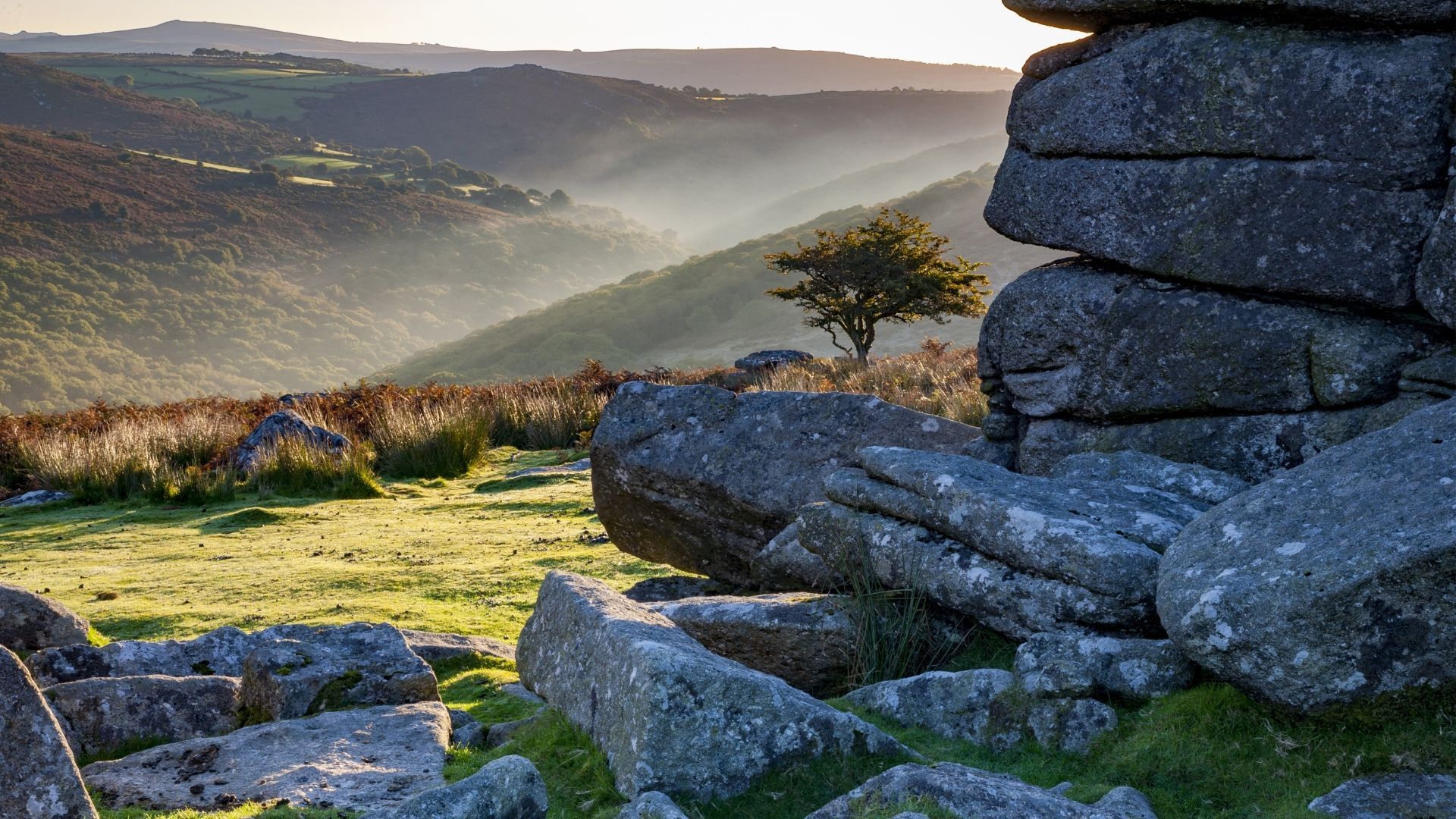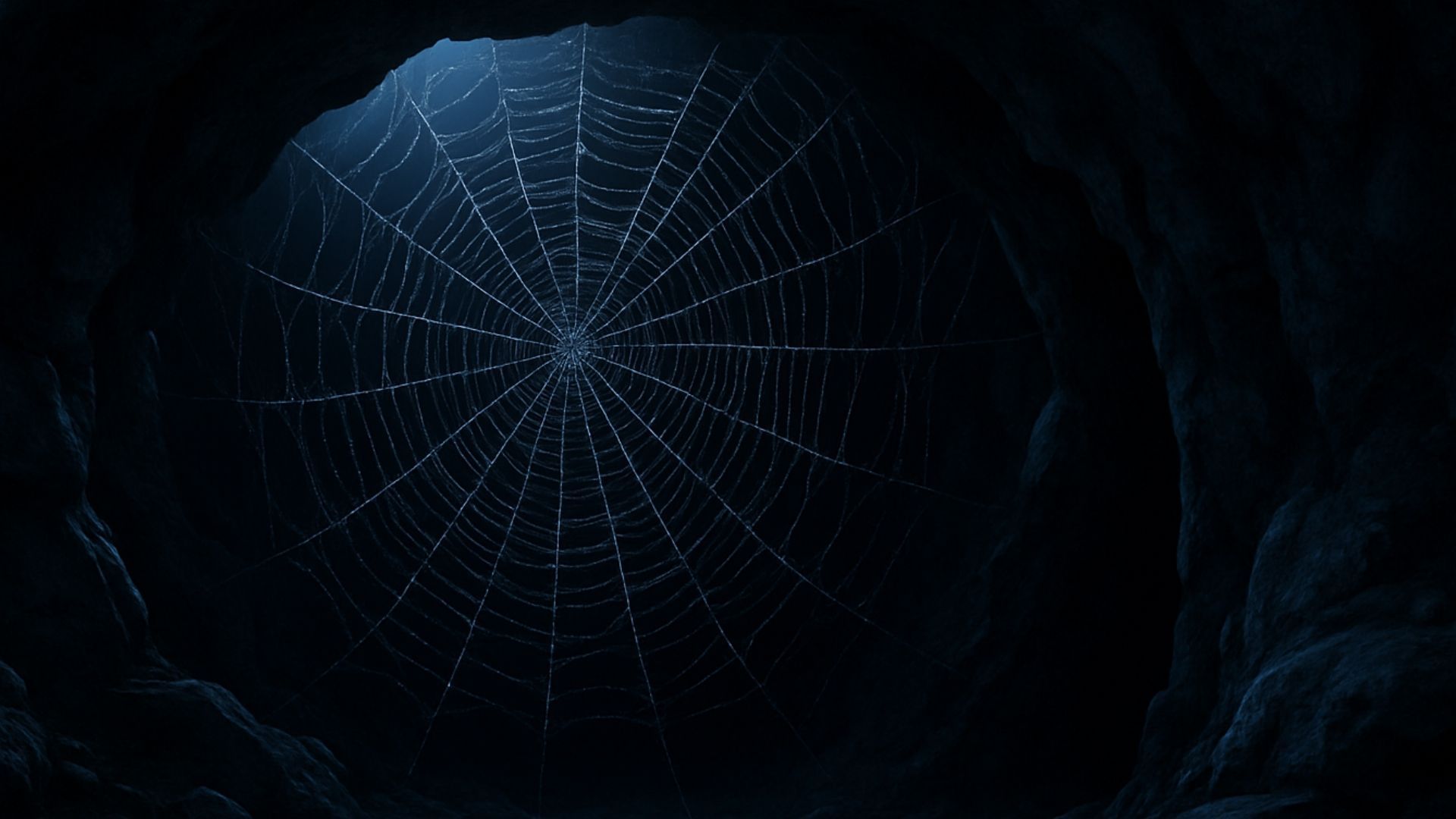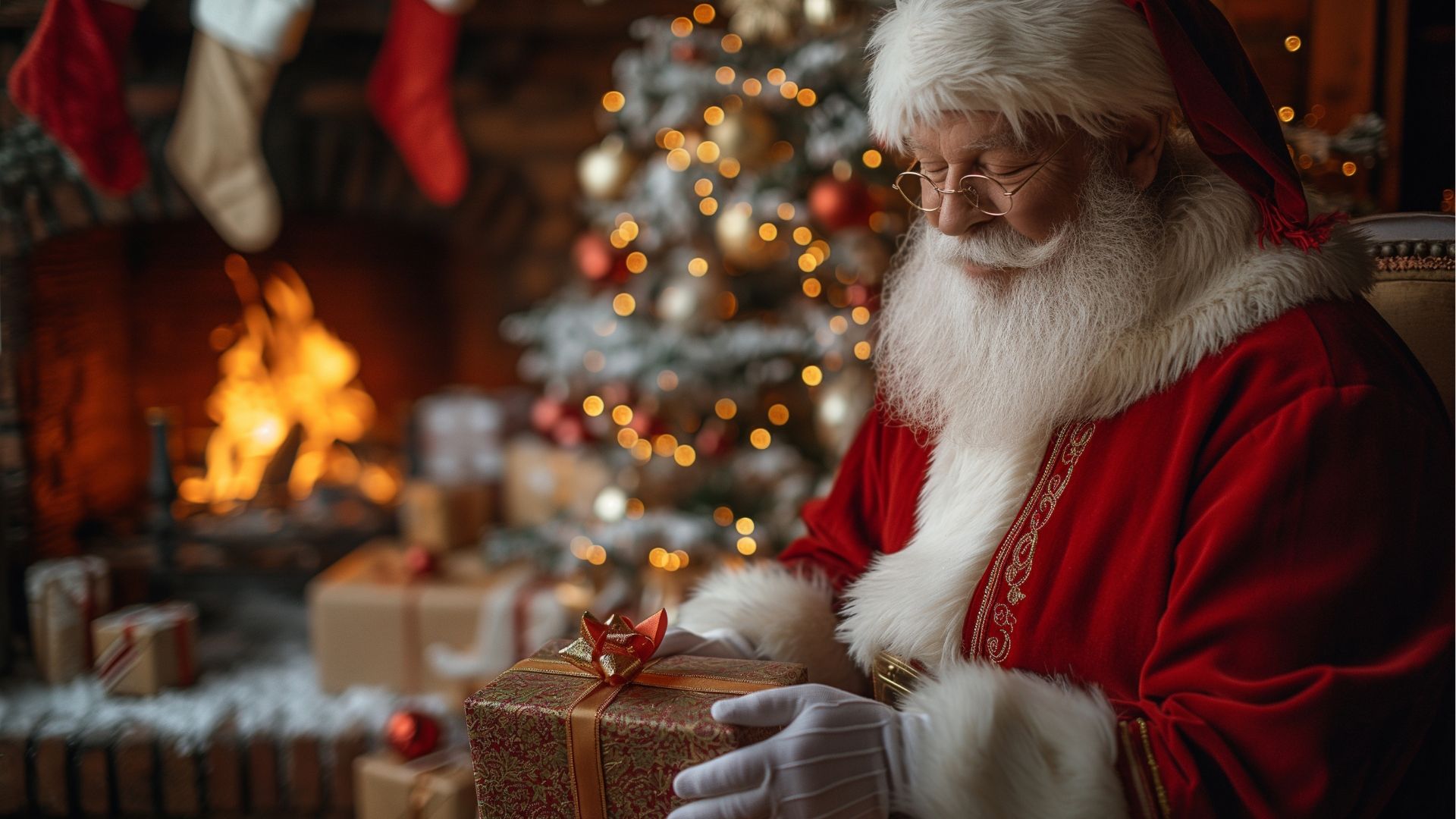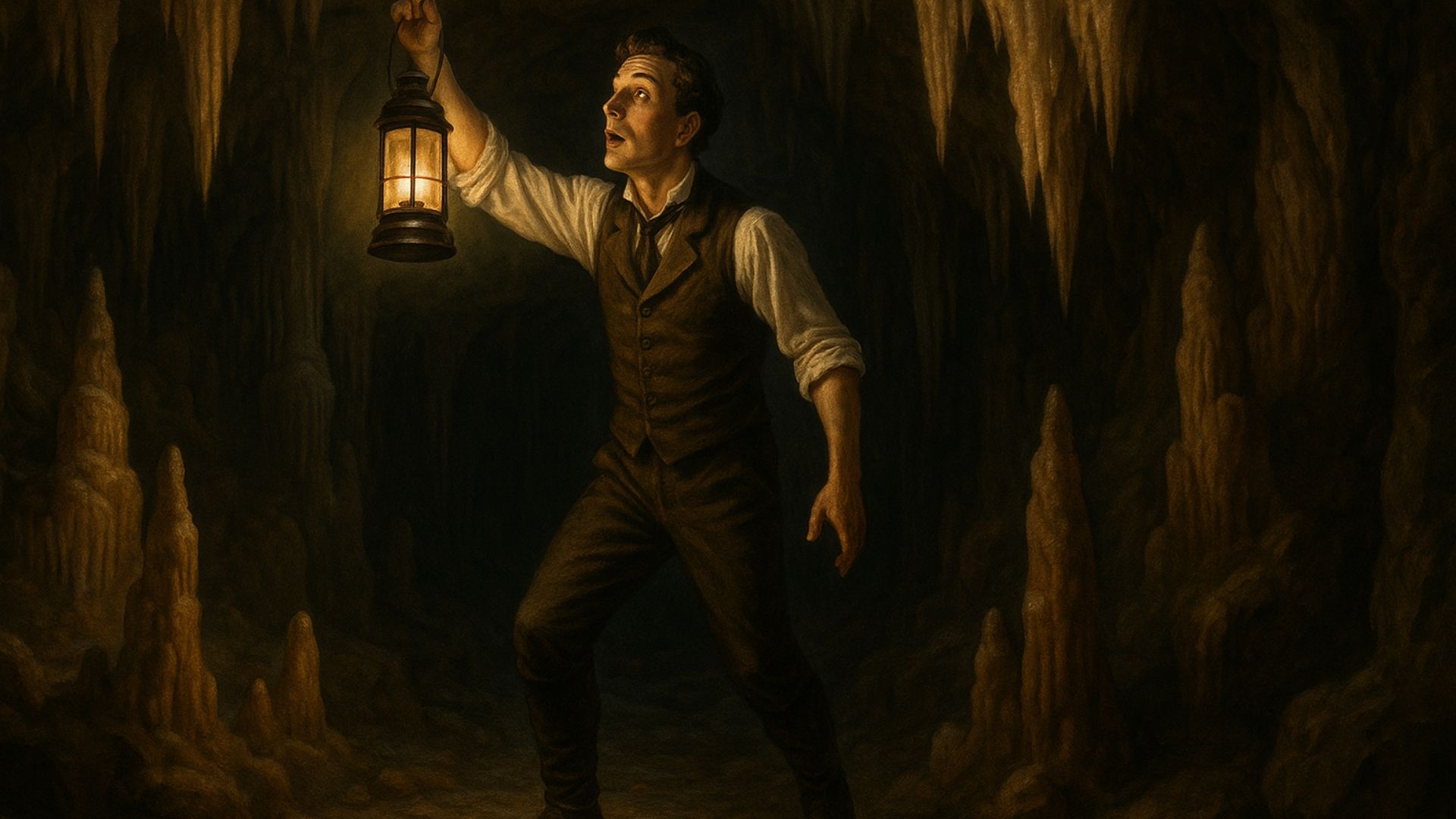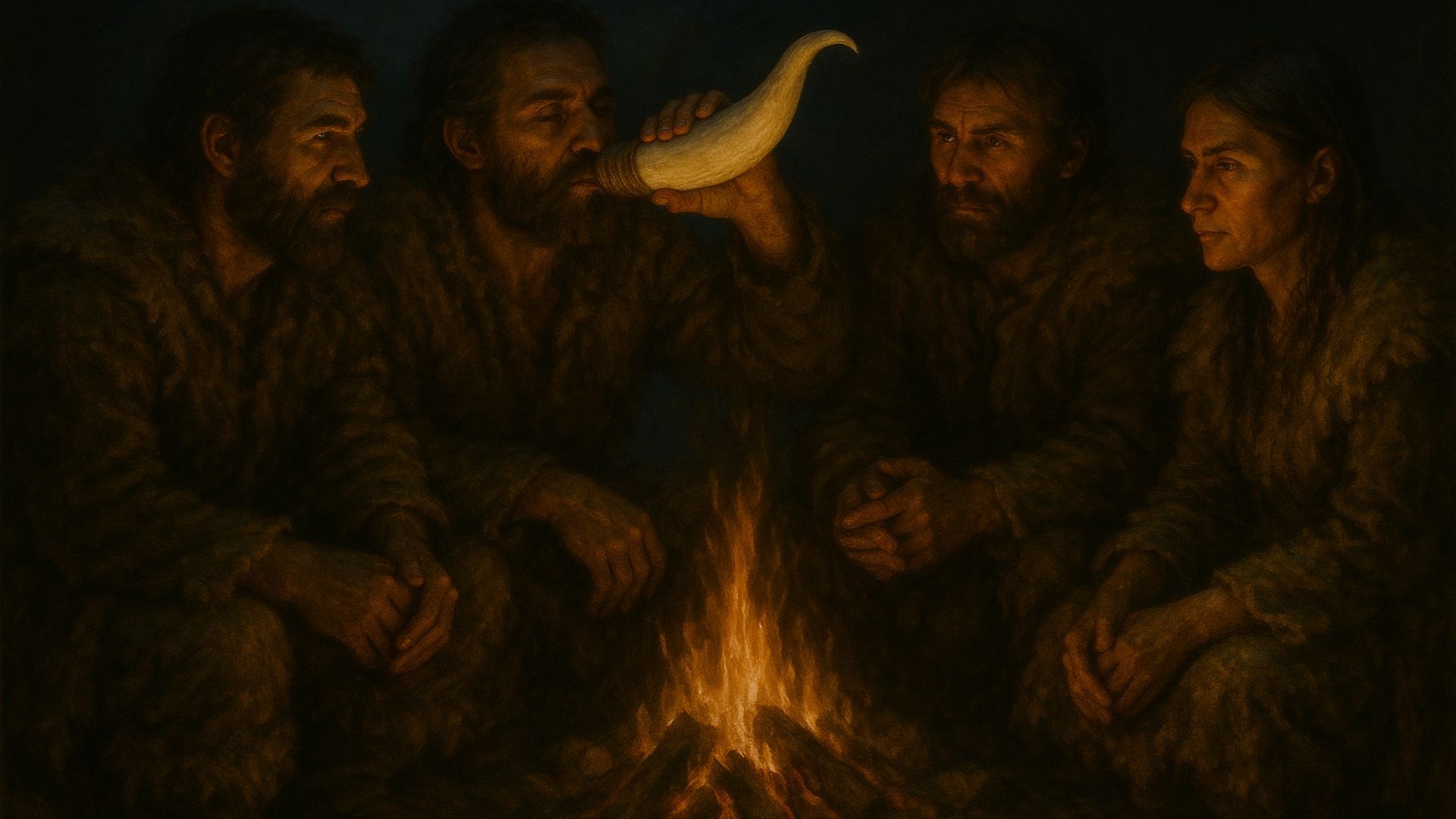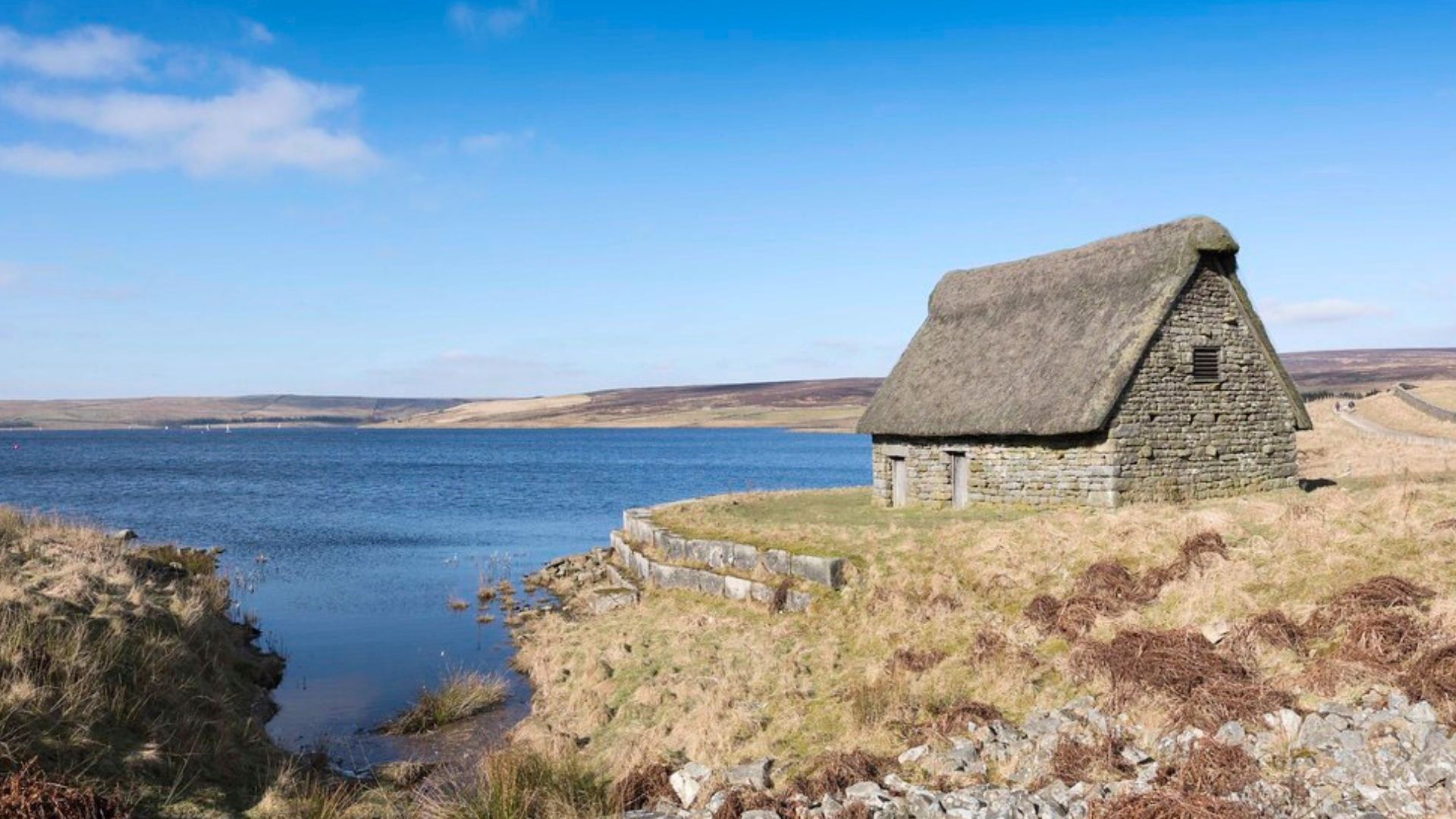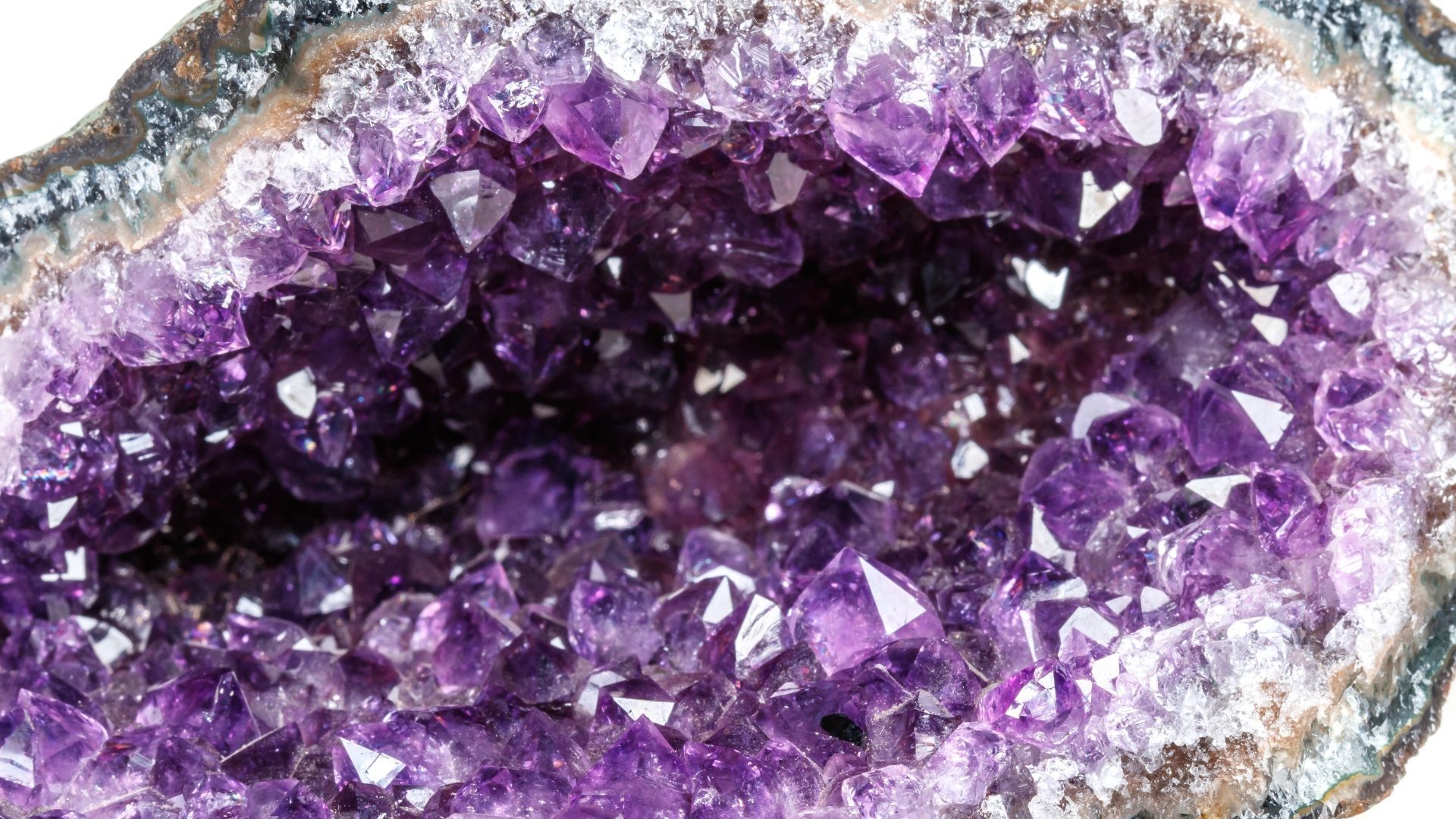Fossil facts: 5 unique finds – and how scientists figure out their age
What are some of the coolest fossils ever found? And how do scientists know how old they are? Put on your fossil-hunting gear – it's fact-finding time.
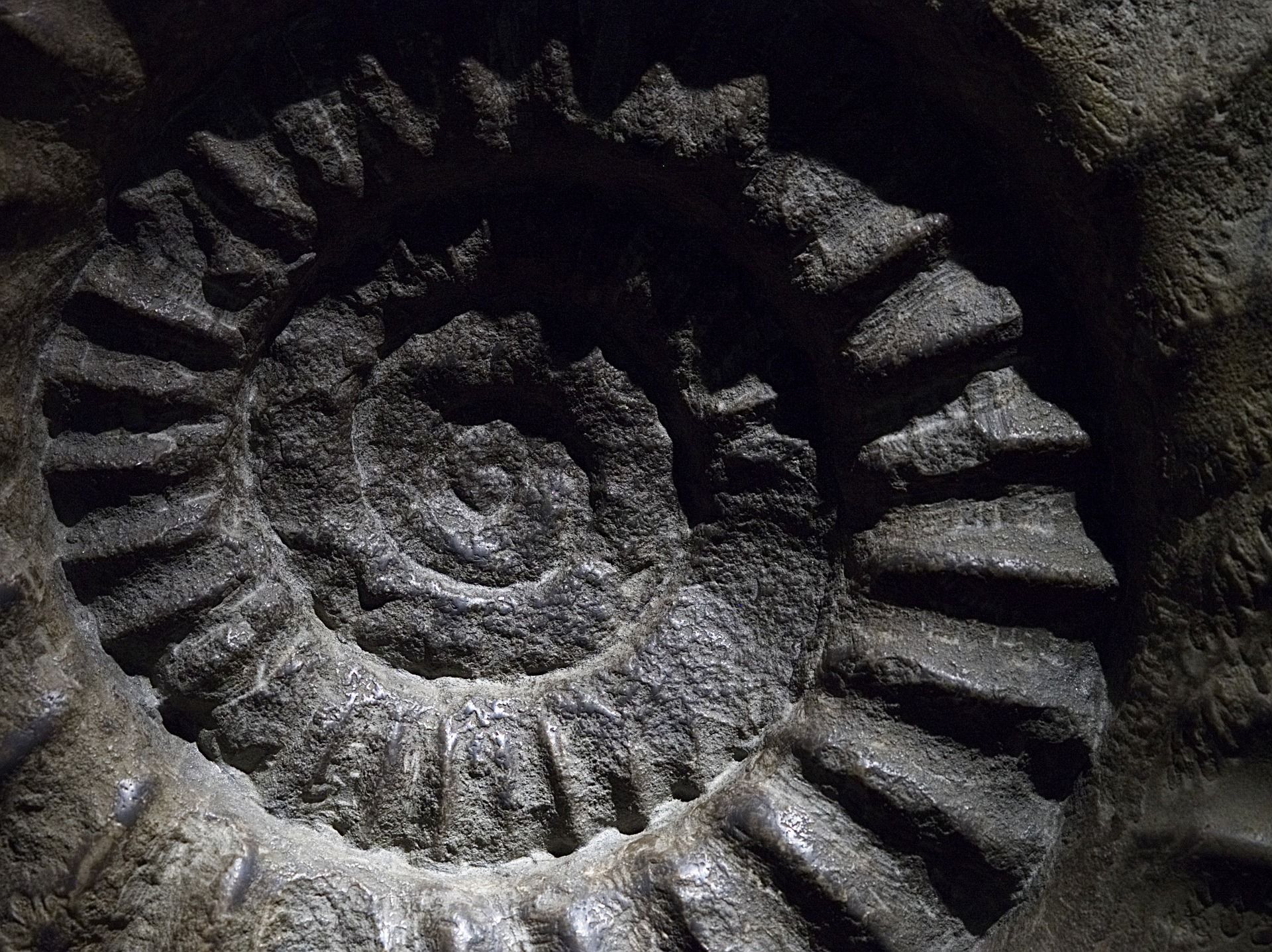
At Stump Cross Caverns, we love fossils and think you will too. They are beautiful things – little time capsules that tell stories of a mysterious prehistoric age.
Not sure if you do love fossils? Well, let us tell you about some of the coolest fossil finds and how scientists use them to learn about our past.
We're sure you'll soon catch the bug too. (Get it? Fossilised bugs? Never mind…)
Fossil facts: the basics
You can think of a fossil as a stone that once was a seed. Amazing, right?
Those ordinary-looking rocks contain creatures that were once growing and changing and shifting. Now they're frozen in time and made solid, ready for us to learn about their lives and the unfamiliar world they inhabited.
Fossils can be tiny
The smallest dinosaur or lizard fossil found so far is an example of an
Oculudentavis khaungraae. This was a tiny beast – smaller than a fingertip – with 100 teeth and a bird-like skull. The fossil was discovered in Myanmar, frozen in amber for millions of years.
Fossils can also be huge
The biggest dinosaur fossil discovered so far is the
Patagotitan mayorum, found by a sheep farmer in Patagonia. This enormous beast may have been the biggest dinosaur ever. It weighed 70 tons – the same as ten African elephants.
Five of the weirdest fossil finds ever
Tiny beasts or ginormous monsters not your thing? Don't worry, fossils can be very strange too. Here are five of the weirdest things found captured in rock.
1. A giant ant
Titanomyrma was as big as a hummingbird – and would definitely have stolen your sugar cubes. Four fossils of this ant have been found, spread out across the globe.
2. A pregnant sea monster
That's right! An example of
Dinocephalosaurus was found with an embryo inside, confirming that this beastie gave birth to live young. A marine reptile,
Dinocephalosaurus looked not unlike the often-reported sightings of Nessie at Loch Ness.
3. A beach-ball frog
Actually, it's called
Beelzebufo – and is popularly known as the "devil frog" or "frog from hell". Creepy!
Anyway, this colossal croaker was the size of a beach ball. Imagine that bouncing into your ice cream cone on a windy holiday…
4. A spider attack
This kind of fossil is so rare that only one has ever been found: a spider, frozen in amber, grabbing itself a wasp-shaped snack.
5. A beaver trapped by an avalanche
This grizzly 30-million-year-old fossil was found in Montana.
How do we know the age of fossils?
Stump Cross Caverns is a place to time-travel – to wander back through the ages to see the magic of ancient living things made solid in rock. Old things. Really old.
But how do we know
how old?
There are a few ways to find the date a fossil began its life in rock. We're going to tell you about three of them.
1. It's sedimentary, dear Watson
Like the famous detective Sherlock Holmes, we can look at the evidence in the dirt and ground around the fossil. Drawing from what we already know about geology, we can use this to make a wise guess about the fossil's age.
2. Layers like a sandwich
Sometimes, we look at the layers above and below the fossil. Often the things above a fossil are younger, and the things that it sits on are older.
3. Cosmic rays from the sun
Honestly, this is a real technique!
Scientists use a method called radiocarbon dating, which helps them find out how old very old things are. They do this by measuring the carbon-14 inside the fossil at the time it died. This number tells us its age.
And here's the incredible bit: carbon-14 comes from ancient cosmic rays emitted by the sun. Wow!
The fossil whisperer
Of course, exploring these fossils would be even better if we had a guide – someone to take us on a journey through time who knows the stories inside these mysterious stones.
Good news. We do have a guide: the
Stump Cross Cavewoman!
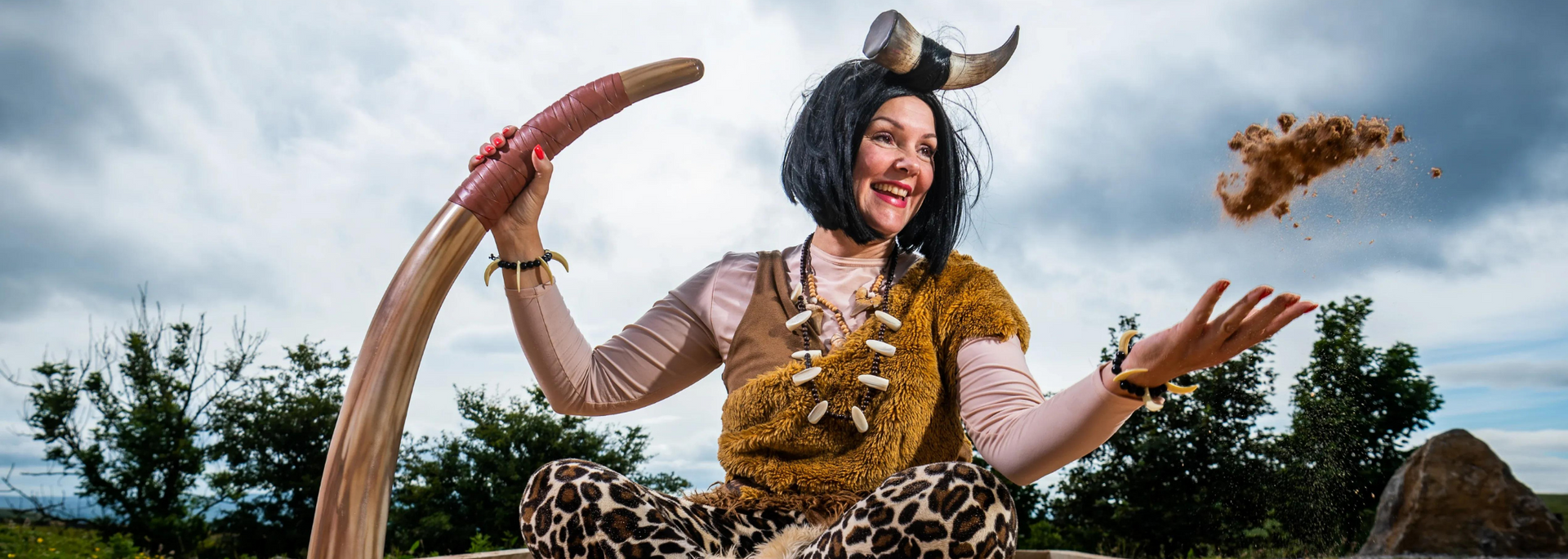
She's our resident fossil whisperer – a time-travelling storyteller and fossil expert who loves teaching people about the tales these ancient rocks hold.
Not only does Cavewoman love showing you rocks filled with creatures, but she also loves to share their secrets with kids through games, music and play. Songs and games about monsters hidden in rocks – what could be better?
Where can you find fossils in Yorkshire?
We love Yorkshire for all sorts of reasons. But one of the biggest perks is that this county is chock-full of fossil-hunting opportunities.
Cayton Bay is packed with gastropods – and
Reighton Sands is littered (in a good way) with a variety of Jurassic, Cretaceous and Carboniferous fossils.
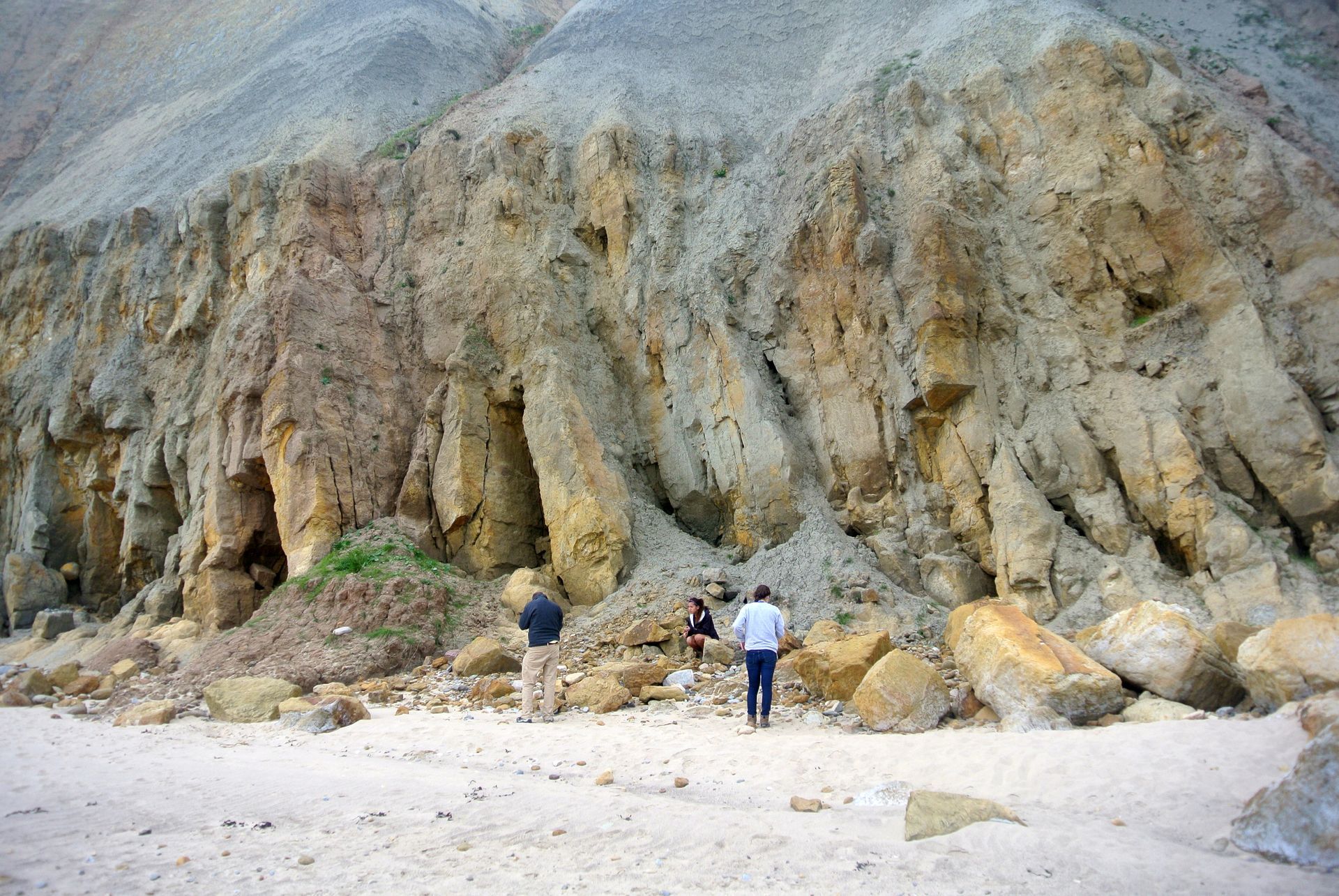
Boggle Hole has cheeky little ammonites all over, while the legendary Whitby is famous for fossilised lizards and Monkey trees (also known as "jet").
Once you've had your adventure learning with Cavewoman, you'll be ready to spot fossils yourself. And who knows? Maybe one day in the future you can work as a fossil hunter – or even teach others about fossils, just as Cavewoman does.
And so your adventure doesn't just start with a visit to Stump Cross Caverns. It starts millions of years ago, with beasts and creatures and a time-travelling cavewoman. Ready? Let's go!
Learn more about Cavewoman and her educational
kids' activities in Yorkshire.

